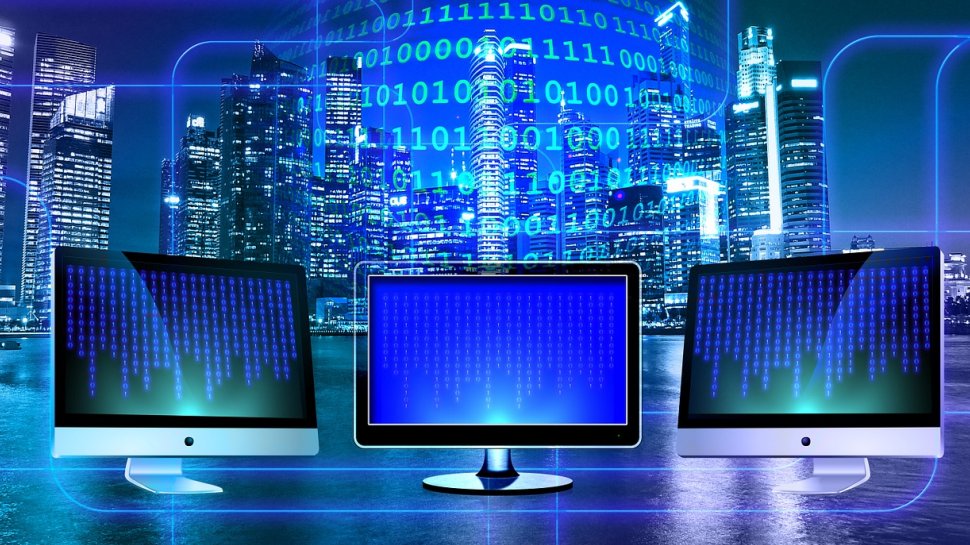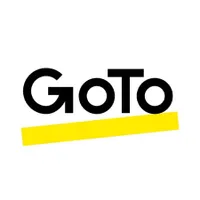What is background access and how does it differ from unattended access?
Understanding the subtleties of accessing a PC remotely

Any organization will need computers to get work done, and there is a continuous drive to have more software to enhance and streamline business operations. It is not unusual for each worker to have multiple devices, including desktop PC’s, laptops, tablets and smartphones. The challenge is thereby created to keep all of these devices fully updated- at all times - to maintain optimal function. After all, there is a time factor as updates need to be done ASAP, especially when there is a zero day exploit, but it is impossible to update every device simultaneously.
One approach has been remote support where a technician in a remote location is then allowed to work on the computer’s software via the internet. This is a powerful technology that can get a computer’s problem addressed without having to bring the computer in, or having anyone come to the place of business. However, there are two downsides to this. The first is that it is disruptive to have the tech controlling the computer, as the user is not able to use the computer at the same time as the remote support person takes control of the mouse and keyboard. The other issue is that it can be a potential security hazard as the tech gains access to the entire computer so the vendor needs to be chosen carefully with a good reputation.
Therefore, while remote support has its uses, the challenge becomes to not interrupt the workflow of users. We have all been in the situation where you are trying to get some work done, invariably in the middle of some important assignment, and out of nowhere, the message appears that Windows is going to shut down in the next few minutes. The lesson from this not infrequent scenario is the importance of avoiding a disruption to users, and avoiding downtime due to maintenance tasks, as a frequent remote support approach for routine updates would be overly intrusive for routine maintenance tasks.
Remote IT Support Software
GoTo Resolve offers a solution for your remote support, management and ticketing needs. Techradar readers can try GoTo Resolve free for 14 days.
Keep it secure
Bear in mind that a goal of any remote access is to better secure the environment and network. After all, businesses have concerns of network breaches, less than secure passwords, and the constant threat of viruses, spyware, ransomware and corporate espionage. When selecting any vendor for any of the remote access variants, it is critical for them to be a trusted partner as they gain access to devices.
Choices, choices, choices
This remote access can apply to all connected devices, as they all have a need to be managed as well. Some remote support vendors will offer access to a PC, and if they only support a single platform it will be Windows. Be sure to take stock of all of the PC’s, both desktops and laptops, and which OS they use, such as Linux and macOS. Also, with the propagation of mobile devices, there are now options for remote support of tablets and smartphones as well. When choosing a vendor, be sure that it supports all of the devices that will need support, and it is often preferable for it to be a single vendor.
What is background access?
Background access is the process of accessing a computer remotely, but the difference is that there is no permission needed from the user for the session to initiate. The advantage is that the user is not interrupted, and compared to remote access, background access is considerably more subtle.
Remote access is often used in both the home and business environment to troubleshoot a specific issue with a PC on an episodic basis as needed to support the user. The typical scenario for background access is to perform a maintenance task, while not interrupting the workflow of the user. In fact, the user may not even be aware that someone is on with them on the computer! This serves to minimize the downtime, and is better suited to the corporate environment.
Sign up to the TechRadar Pro newsletter to get all the top news, opinion, features and guidance your business needs to succeed!
In fact, there are a number of advantages to background access. The first is that support gets streamlined as the support person can access the machine at any time, and does not need to wait for user permission to get into the system; this also facilitates work being done in the off hours and weekends as needed. Furthermore, issues can be resolved faster this way as support can happen faster, and therefore operational efficiency is gained. There is also the possibility to improve response time for an issue as tech support can get into a system, and assess the situation before starting a remote session. Also, background access is ideal for system maintenance, to keep a system fully up to date, with all the latest security patches applied.
The hallmark of background access, along with its inherent advantage is that the user is not interrupted, and as the name suggests, it occurs in the background, without an interruption to the end user.
What is unattended access?
Yet another variation on this theme of different types of remote access to a PC is unattended access. Perhaps the variation of the term is somewhat more descriptive, namely unattended remote access.
Unlike with traditional remote access, where the user must have software installed, and give the user permission on a session by session basis for access to the PC, with unattended access, these requirements do not exist. Rather, in this scenario of unattended access, the device can be accessed remotely, and the device does not even need to be in use (however it does need to be powered on). Driving the popularity of this option is the need for online security, along with a remote workforce that can be spread globally across various time zones.
Conclusion
Remote access, in all of its various forms, from traditional remote support, to background access, to unattended access all provide access to a device from a remote location. Understanding the differences, allows the business to choose the best solutions to support its devices from afar.
Jonas P. DeMuro is a freelance reviewer covering wireless networking hardware.
